How to varnish a painting by numbers?
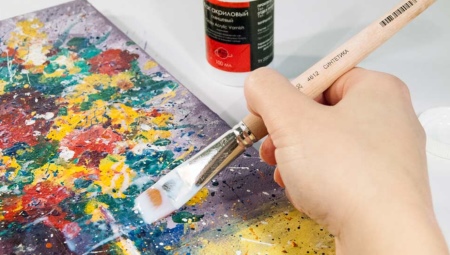
Lacquer coating is the finishing stage of painting by numbers. But optional. Many lovers of such creativity did not even imagine that the finished product could also acquire a varnish surface. But it really makes sense: the painting layer lasts longer, the image becomes deeper and more voluminous, the paint layer becomes resistant to damage.

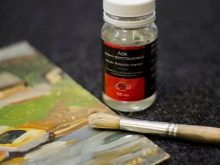
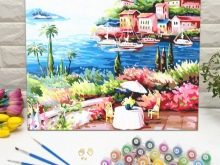
What can you cover?
It should be said that not every painting, painted by numbers, is really worth varnishing. But for most jobs, the lacquer layer will not hurt. If the picture is painted with gouache or acrylic paints, or the fluid art technique is used, this work will completely dry up in a week, and a couple of days after that you can apply varnish on it. But if dry products were used as materials - charcoal or sepia - you can varnish immediately.
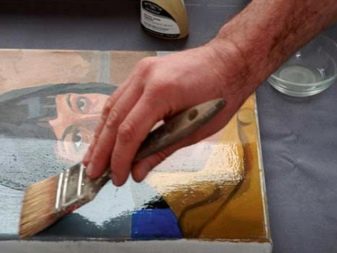
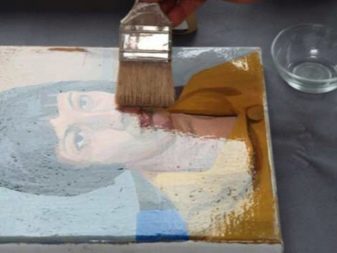
The longest drying time is suggested by oil paints - at least six months before complete drying. But pictures by numbers are often painted with acrylic, so the whole process will take a week and a half: from the readiness of the picture to the dried layer of varnish. By the way, to see if the painting is really dry, you can do this - run a white cotton napkin over any part of the work. You don't need to press, the movements are delicate. If there is absolutely nothing left on the napkin, you can varnish.
The main guideline in the choice of varnish is the indication on its packaging, according to which the varnish is intended for painting. Anyone else may not give the expected effect. Varnish for painting is created for its preservation, enhancement of color. It will not destroy the composition of the paint, will not change its structure and, as a result, its appearance.
It's hard to find something better than acrylic varnish, it happens:
-
glossy - the paints after such a coating will become even brighter;
-
semi-matte - shine is also present, but very soft, delicate;
-
matte - they form a thin, invisible protective film, the colors remain saturated.
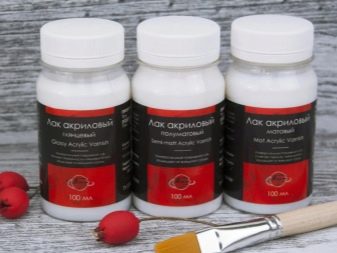

But only these three types are not limited to the choice of varnish. For example, glossy varnishes are also divided into subspecies. So, the most popular among them is dammar varnish. But, although it is cheap, albeit easy to work with, it gives the effect of yellowness. If the picture is painted in warm colors, it’s okay (it’s even better), but if it’s cold, it can be a problem.
And also the choice can be tilted towards the acrylic-pistachio composition, so it will just satisfy the wishes of those who painted the picture in cold shades. Its layer is completely transparent, it does not become cloudy. Only the price of such a composition is noticeably higher than that of a dammar one. And there is also acrylic-styrene varnish, in fact, it is considered an analogue of acrylic-pistachio, it also retains its color remarkably, dries quickly, yellowness is not characteristic of it. It is also considered one of the most water-resistant.
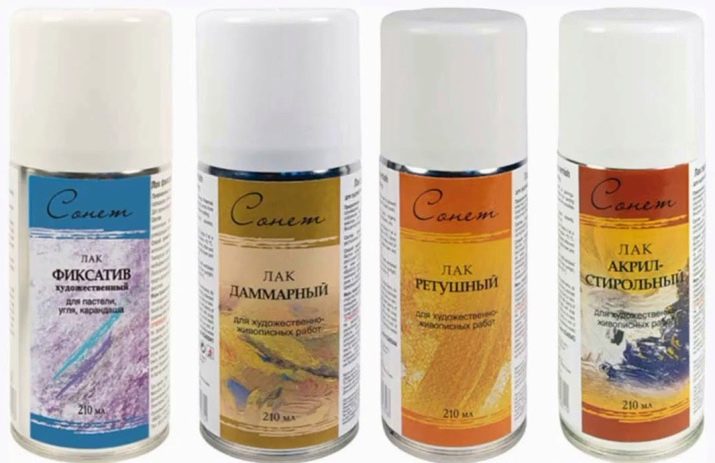
Retouch varnish (there is one) is not recommended for covering paintings. Its use is justified when the picture has already dried out, and something has to be fixed on it. It can be used to soften the top coat of paint. That is, such a varnish is applied before the correction of the work and after its completion.
Mastic and copal varnishes are also not an option. To mix paints, they are good. But if you cover the painting with mastic varnish, it will darken significantly, there will be darkness. Copal varnish is bad because it cannot be removed with a solvent, in principle, it is used by artists, but only by professionals (and even then not all).
Well, for dry materials, which are also used in painting paintings by numbers, fixative varnish is considered a good option. It also forms a very thin and durable film, which is not afraid of dust (and, as a result, dedusting the work by the author), reliably prevents colors from fading.
When choosing a varnish, you need to see if its expiration date has expired. The fresh composition is completely transparent, the old one is cloudy.
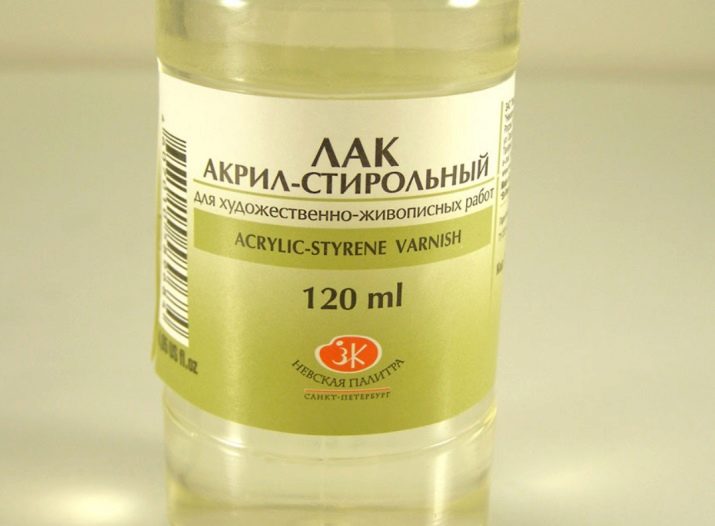
Instructions
And now about how exactly to apply varnish to the canvas. The process, meanwhile, is not the most ordinary one.
For high-quality coverage you will need:
-
the varnish itself;
-
the container for the varnish is quite wide so that it is comfortable to dip the brush (for example, a disposable plate);
-
a wide and flat brush with synthetic bristles, a flute brush will also work (with a brush, at the time of purchase, it is worth checking whether it adheres tightly to the base of the villi);
-
clean cotton lint-free napkins (they choose a brush and the neck of a dipping container);
-
covering for the table, gloves, apron;
-
respirator.
It is best to work in a well-ventilated, spacious, dust-free room. The picture must be held horizontally relative to the master and the light source. This is the most convenient position for varnishing control. If the painting is standing upright, the unmarked areas may be overlooked. If the canvas is very large, you can send it to the easel - then the light should be from the side of the working hand.

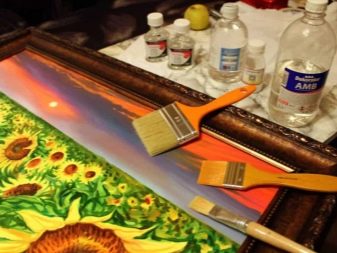
How to properly varnish a painting by numbers.
-
Put a little bit of varnish on the brush.
-
You can start from the upper left corner (this is the most convenient). With a slow and wide movement, the brush is drawn parallel to the bottom of the canvas. And so, broadly, slowly, in strict parallelism, the whole picture is covered. There should be no chaotic movements.
-
After that, you need to switch to transverse movements. If at first the movement went from left to right, now the canvas is covered from top to bottom. But the start will be in the same upper left corner.
-
Now you need to take a dry brush - polishing begins. This means that you need to try to distribute the composition as uniformly as possible. It is not necessary to return to the drying zones, otherwise lumps will form there, which are unlikely to be removed.
-
The lacquer layer should not be thick.The brush needs to be wiped from time to time with a napkin so that excess coating does not accumulate on it. With a brush, the varnish must be driven to the edges of the picture.
If the lacquer layer is excessive, it will have to be washed off with a clean brush soaked in solvent. And move along the same trajectory as when varnishing the canvas.
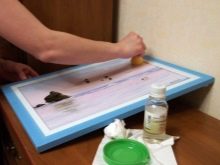
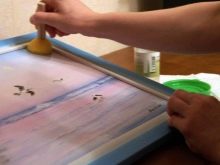
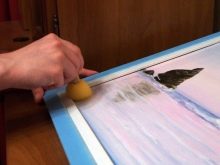
The finished painting should shine moderately. One layer will be enough to protect the painted painting and brighten the paint. If the coating is thick, unwanted reflections will appear.
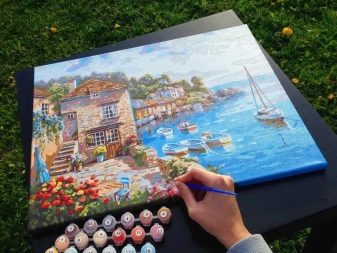
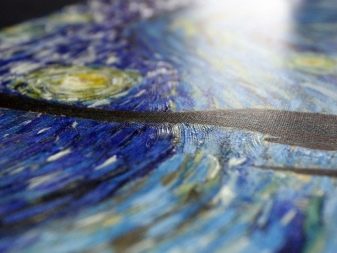
What to do after coating?
The picture should be dried, and horizontally. If you do this vertically, the varnish can leak and the drips will remain on the canvas. The picture is usually dried for a day or two. Artists sometimes use this method: a couple of hours after varnishing, put the painting with its picturesque side inclined to the wall, and so it will stand there for a day or two. But low temperatures, high humidity - all this must be excluded. This is to keep dust off the canvas.
The brushes should be rinsed out immediately after varnishing if you want to use them again later. First, they are wiped with a solvent (this is how varnish residues are removed from the pile). Then the brushes are washed with running water using mild soap. Use your fingers to apply pressure to the bristles for better rinsing.
After a couple of days, the picture can definitely be hung on the wall, put on a chest of drawers, on a console, and so on. As dust accumulates on it (and it will accumulate, like on any other interior element), it needs to be cleaned. With a damp cotton cloth, walk along the canvas in a certain direction - and you're done. The varnish will not deteriorate, the paints will not fade.
Perhaps, for someone, coating a painting with varnish remained an optional procedure. But if the work only benefits from it, why not give it a try.
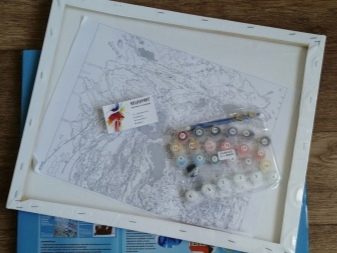
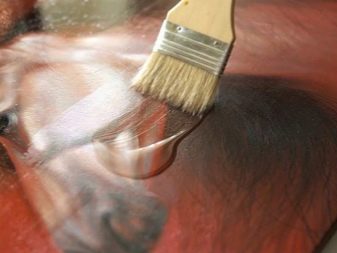
The following video explains how to varnish a painting.








